Behind the cute Cryptokitties and impressive artworks, the NFT world has a sinister side that every crypto enthusiast should know.
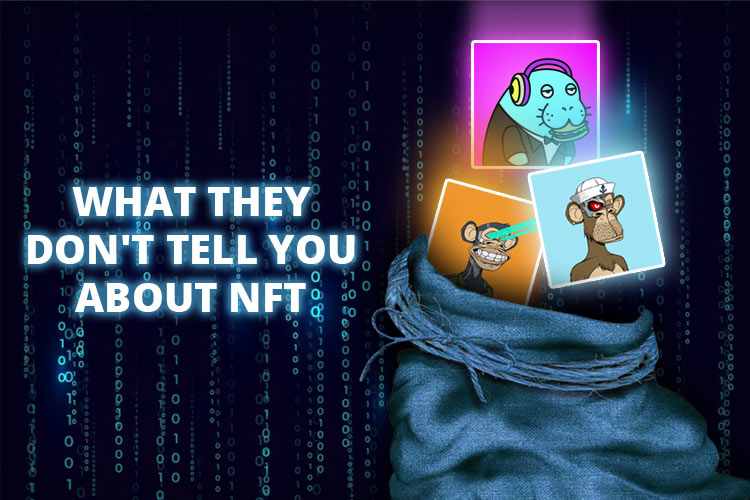
Recently, people everywhere are constantly talking about cryptocurrency, blockchain, and NFTs. The trend has become so big that in 2021, an NFT of a digital collage created by the famous artist Beeple was sold for over $69 million worth of Ether at an auction.
Long story short, NFTs have created a platform for artists, collectors, and even investors to connect with each other and presented a new alternative to generate income. However, like many other innovations, NFTs also have a dark side to their artsy world.
The Dark Side of NFT
At first glance, NFT may sound incredible and promising for the future. The fact that more and more people are joining the community each day seems to support the idea even more.
Unfortunately, this is only half of the real picture. What not many people realize is that the NFT world also has a dark side to it. So, if you plan to go deeper into the realm of NFT, make sure to know some of the risks and downsides involved.
Scams and Unauthorized Tokens
One of the most important aspects of NFT is authenticity. Yet, fraud is not uncommonly found in NFT marketplaces. The problem with NFT is that it can be so easily duplicated.
For instance, anyone can download a JPEG file, even if it may be an NFT that is already bought and owned by someone on the blockchain. So, unlike the Mona Lisa painting, that cannot be replicated in any way, an original NFT can. You can easily find copies of NFTs through digital images, videos, and music on the internet.
Now, the real issue arises when someone uses the copyrights of artwork to create a new NFT and sell it on an NFT marketplace. This means that the token is unauthorized because you're not buying from the original artist; thus, the artwork is not authentic.
Due to the digital world's vulnerable nature and the blockchain's anonymity feature, it can be hard to distinguish the genuine and the fake, especially when it comes to artworks produced by small artists.
One popular case is the luxury fashion brand Hermès, which was initiating legal action against an American artist Mason Rothschild for using the brand's famous Birkin bags in his NFT, which he named "MetaBirgins".
The artist responded that he was making art representing the real Birkin bags. He also mentioned that the US Constitution's First Amendment could protect him legally.
Moreover, scams are another risk you should consider when buying an NFT. One of the biggest scam cases happened in 2021 when a collector paid over $300,000 worth of Ether for a fake NFT of Banksy's art that was recently uploaded on the famous street artist's website.
Banksy's spokesperson said that the artist had no involvement with NFTs, so the auction was certainly a fake. In the end, the scammer returned the funds without any note attached.
Scammers could use countless tricky ways to get to their targets. They could try to lure people through social media apps such as Discord, Twitter, or Telegram. They would share a fake link that would appear like an opportunity to mint NFTs.
Most of the messages would look like typical click-bait phishing mails. Usually, the targets are asked to invest a certain amount of Ethereum tokens for NFTs that never get created. In some cases, the scammers can also attempt to steal private keys to the targets' crypto wallets and acquire all of the cryptos and NFTs held in the wallet.
Scammers can also use other means like rug-pull and pump-and-dump schemes. In these methods, the scammers typically promote an NFT and drive the price up to lure more buyers. Once they collected sufficient returns, they would stop the process and cash out the funds.
Lastly, there's also the bidding scam, where malicious bidders change the type of crypto listed as the preferred token with another crypto with a lesser value, causing sellers to get less money from the auction.
The sheer amount of similar cases within the NFT industry shows a lack of strong legal frameworks that define what an NFT really is and how it should be treated. Given the current state of how NFTs are produced and spread online, the risk of being scammed remains high.
See Also:
Negative Environmental Impact
Most NFTs are created, exchanged, and sold on the Ethereum blockchain. While Ethereum is currently preparing for a big update to the system, it still uses the Proof-of-Work consensus algorithm at the time of this writing. The issue is that such an algorithm needs a lot of energy to work.
Each transaction on the blockchain must be verified by a crypto miner who uses a set of advanced computers to solve the mathematical puzzles. More energy means more electricity and fossil fuels, so it is certainly harmful to the environment.
As a point of perspective, Ethereum uses around 48.14 kWh per transaction. This shows that the blockchain needs a rather enormous amount of energy to verify a transaction.
It is worth noting that as the NFT industry grows, more transactions occur every minute, and while this can be good news from the business point of view, it is certainly bad for the environment. Remember that every action in the NFT world happens on the blockchain, starting from action, bid, sale, purchase, and transaction from wallet to wallet.
All of those processes need a lot of power, which, according to research, is equal to flying a plane for two hours. This is what causes people to heavily criticize the existence of NFT in regard to environmental impact.
Conclusion: Should You Invest in NFTs?
Now you know that NFT is not all sunshine and rainbows. It may be a great channel for artists to display their works and earn money from them, but sadly, it also presents a way for scammers and malicious actors to get through. Knowing such a reality is highly necessary to prevent unnecessary issues in the future.
The choice is all yours. You may find that some people are highly skeptical about NFTs because of the high risk and uncertainty, yet at the same time, you may also see that new followers of NFTs only rise in number day by day.
You need to remember that the NFT market is still relatively young, so it is far from perfect. There are some notable risks involved, so you need to make sure that you are ready to face those challenges.
This is why learning about cryptocurrency and blockchain is highly suggested before jumping into the NFT world. Lastly, when it comes to using NFT as an investment, you should be prepared for the worst-case scenario, considering that the future of NFT is still debatable.

 Dedicated FREE FOREX VPS
Dedicated FREE FOREX VPS Free FOREX Virtual Private Server
Free FOREX Virtual Private Server MT4 Demo Contest, Get $500
MT4 Demo Contest, Get $500 Sign Up for an Account, Claim 60% Deposit Bonus
Sign Up for an Account, Claim 60% Deposit Bonus Free MT4/MT5 VPS 2024
Free MT4/MT5 VPS 2024 Send E-mail and Get Free Merchandise
Send E-mail and Get Free Merchandise $1K Refer a Friend Bonus for Pepperstone Pro clients
$1K Refer a Friend Bonus for Pepperstone Pro clients Maximize Your Earnings with 100% Deposit bonus
Maximize Your Earnings with 100% Deposit bonus Trade to Win, $5,000 Monthly Demo Contest
Trade to Win, $5,000 Monthly Demo Contest Claim 30% + 15% Deposit Bonus from LiteFinance
Claim 30% + 15% Deposit Bonus from LiteFinance
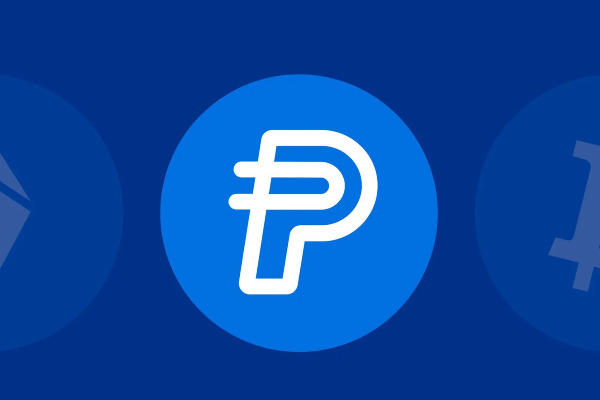
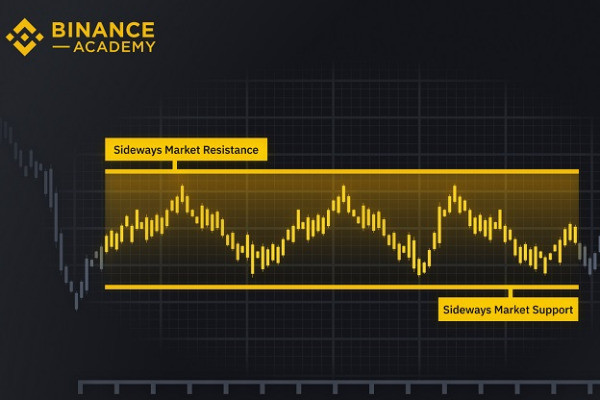
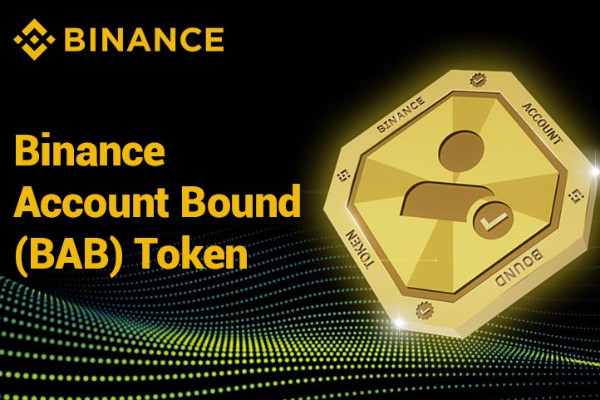
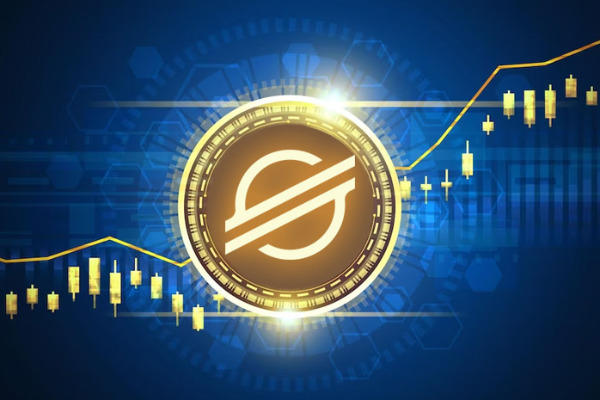
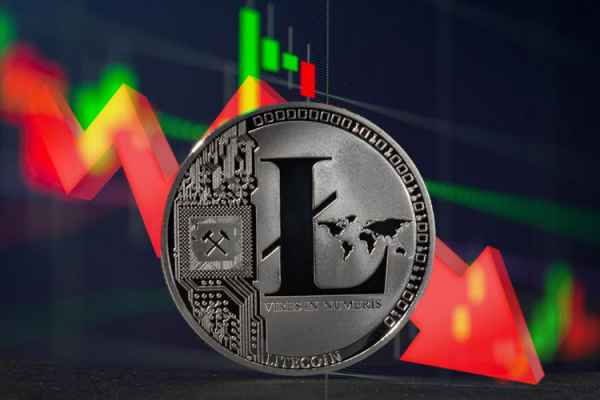

 Bitcoin
Bitcoin Ethereum
Ethereum Tether
Tether BNB
BNB Solana
Solana USDC
USDC XRP
XRP Dogecoin
Dogecoin Toncoin
Toncoin Cardano
Cardano